Description
30 things you didn’t know about the Iron Bridge
- The Severn Gorge was created 15,000 years ago when a huge lake overflowed east of the Welsh mountains.
- Rich in layers of iron-ore, clay and limestone and leading into the Bristol Channel the gorge was destined to be an important industrial area.
- Coal and limestone were exploited since the middle ages while iron was made here from the times of Henry VIII.
- Industry was often at the mercy of the seasons’ effect on the river, with ferries transporting goods between the banks.
- The bridge was conceived in 1773 by Thomas Farnolls Prichard, a Shrewsbury architect.
- His 1775 design proposed a single arch, avoiding piers and causing no obstacle to boats.
- In 1776 the Iron Bridge was authorised by an Act of Parliament which also stopped ferry crossing within 500 yards.
- A request for tenders issued in May 1776 ‘from stone, brick or timber,’ indicated the uncertainty still felt about iron.
- There being no other tenders, Darby, the major shareholder, planned to build in iron, work began in November 1777.
- The bridge was also a P.R. exercise advertising the versatility of cast-iron and the skills of Abraham Darby lll.
- Paintings and engravings were commissioned before the bridge was ready and finished.
- Though the bridge says it was cast at Coalbrook=Dale, the whole valley went under this name.
- Darby owned three furnaces: at Horsehay, 3 miles; Coalbookdale, 1 mile; Bedlam Furnaces, 500yards.
- The bridge weighs 378 tons which would have taken one furnace over three months. It’s probable all three furnaces were used over several months, so as not to interfere with the normal commercial work.
- The iron was cast in open sand moulds producing the rough texture.
- The first iron rib was raised on 15th and 2nd July 1779. Each half rib weighs 6 tons and are joined in the centre.
- The joints are based on traditional carpentry methods: dovetails, wedges, mortises and tenons.
- The stone abutments went up after the ribs were in place.
- These joints may have helped the bridge survive the geological pressures in the gorge.
- Before the bridge was opened, the toll house needed construction, as well as new roads and improvements to existing roads.
- Darby was 23 when the bridge was proposed and perhaps rashly, he agreed to pay the difference if the cost went over the estimate of £3,600. it cost £6,000 and he remained in debt for the rest of his life.
- The bridge opened and charging its first tolls on New Year’s Day 1781.
- Darby’s Quaker roots demanded all would pay, regardless if they were military or royal.
- The Ironbridge Gorge became part of the ‘grand tour’ for anyone who was to be taken seriously by contemporary society.
- In 1784 the consortium who built the bridge opened the Tontine Hotel to accommodate the numerous visitors from all over the world.
- In 1796 the Prince and Princess of Orange visited by boat.
- 3 years after opening, cracks appeared in the ironwork, but after the great flood of 1795 which swept away or badly damaged other bridges over The Severn, most doubters were convinced.
- Demolition was considered in 1926 over worries about its stability.
- In 1934 it was closed to traffic and listed as an ancient monument. Tolls for pedestrians ceased in 1950.
- During the 20th century the town of Ironbridge became neglected, almost to the point of dereliction.
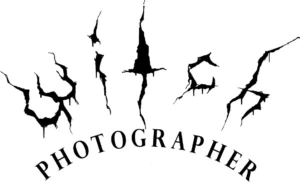
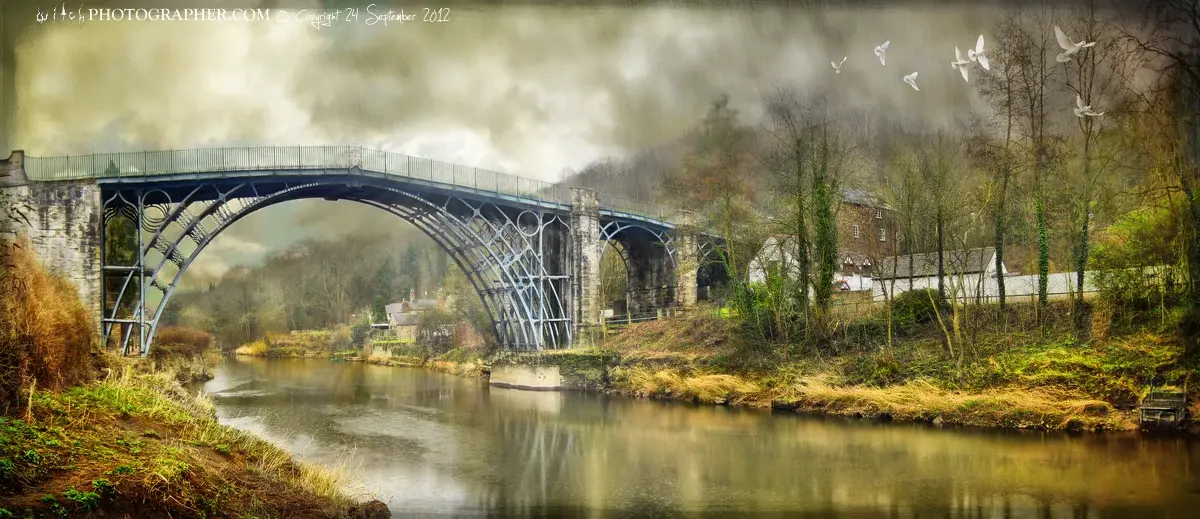
 Click a section to zoom in. These are
Click a section to zoom in. These are 

















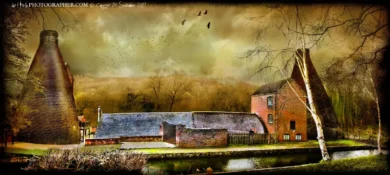
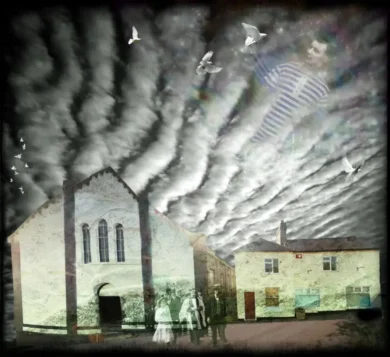
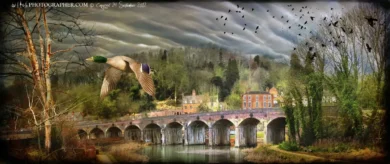
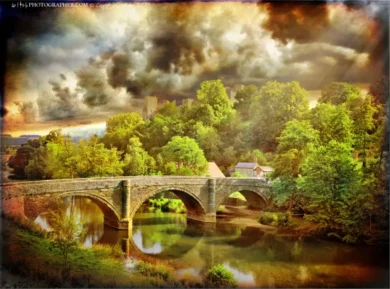
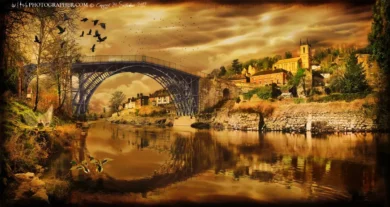
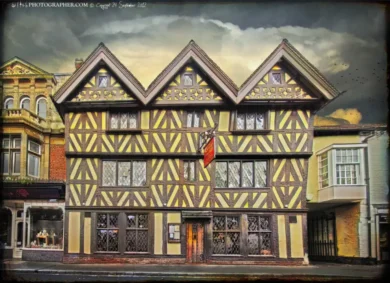
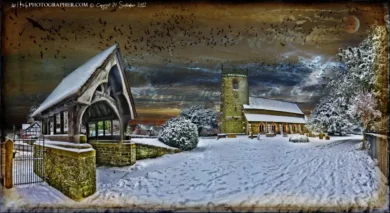
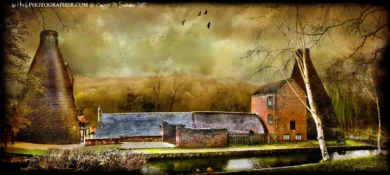
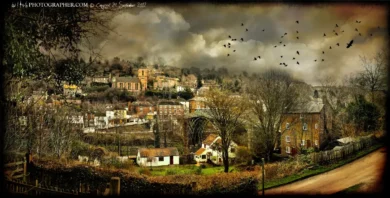
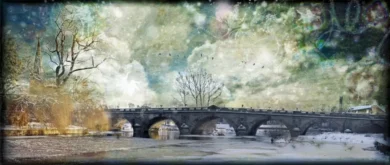
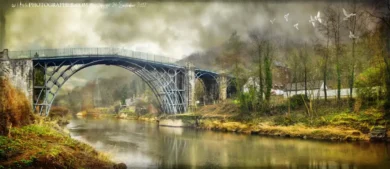
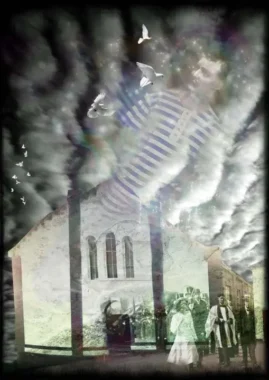
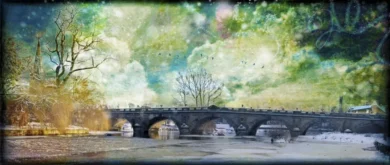
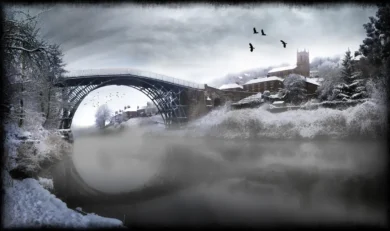
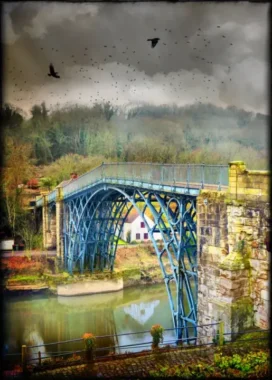
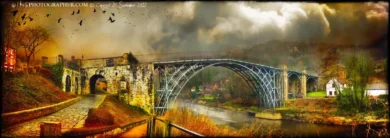
Reviews
There are no reviews yet.